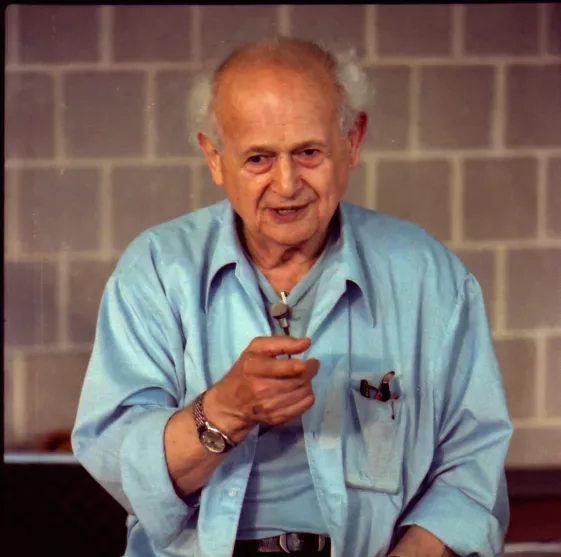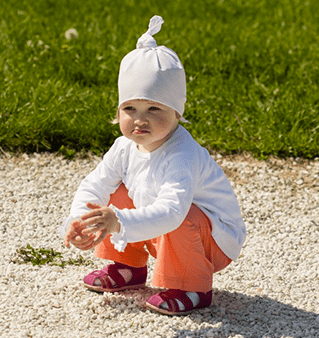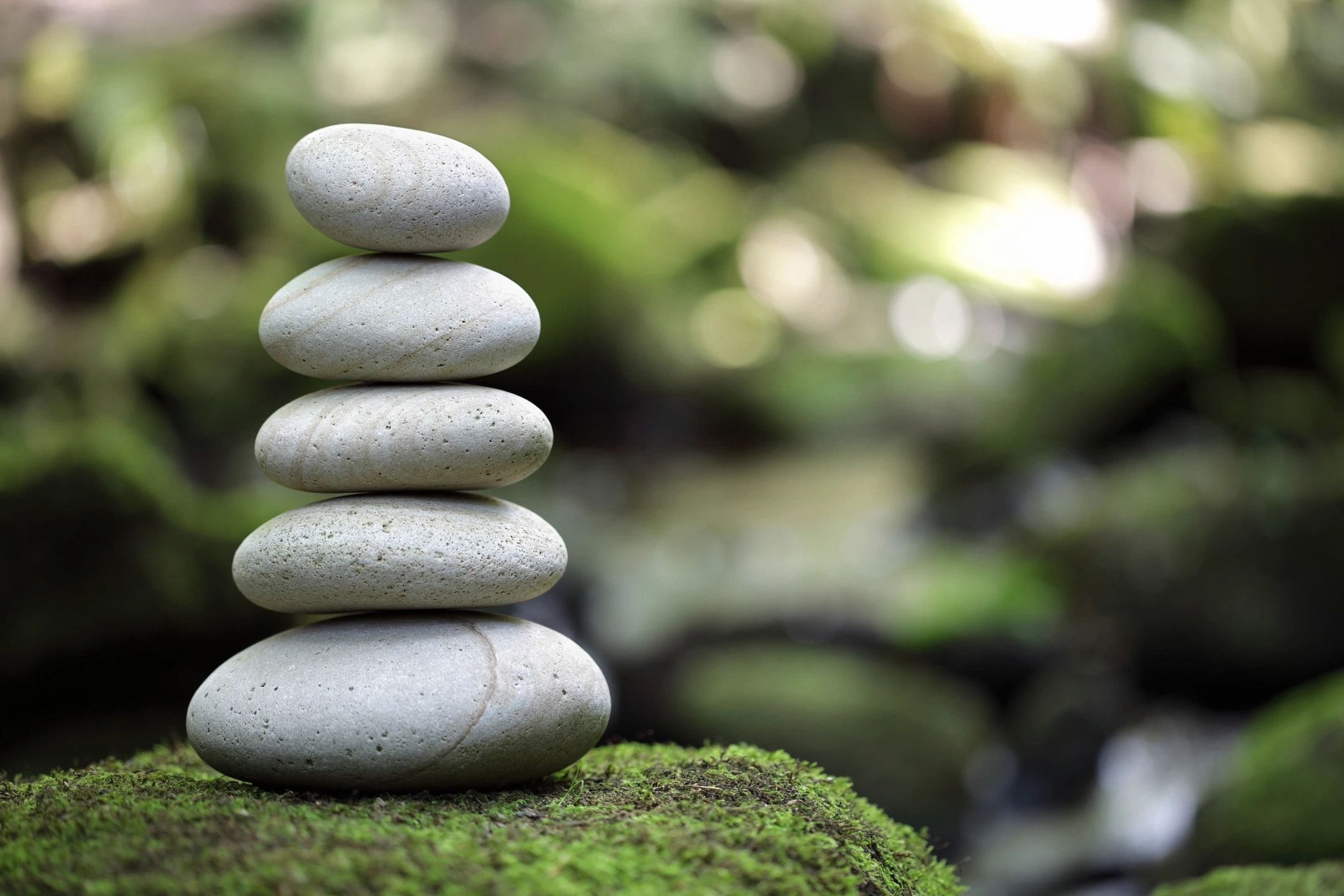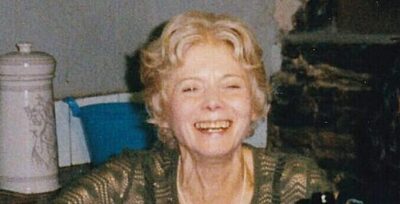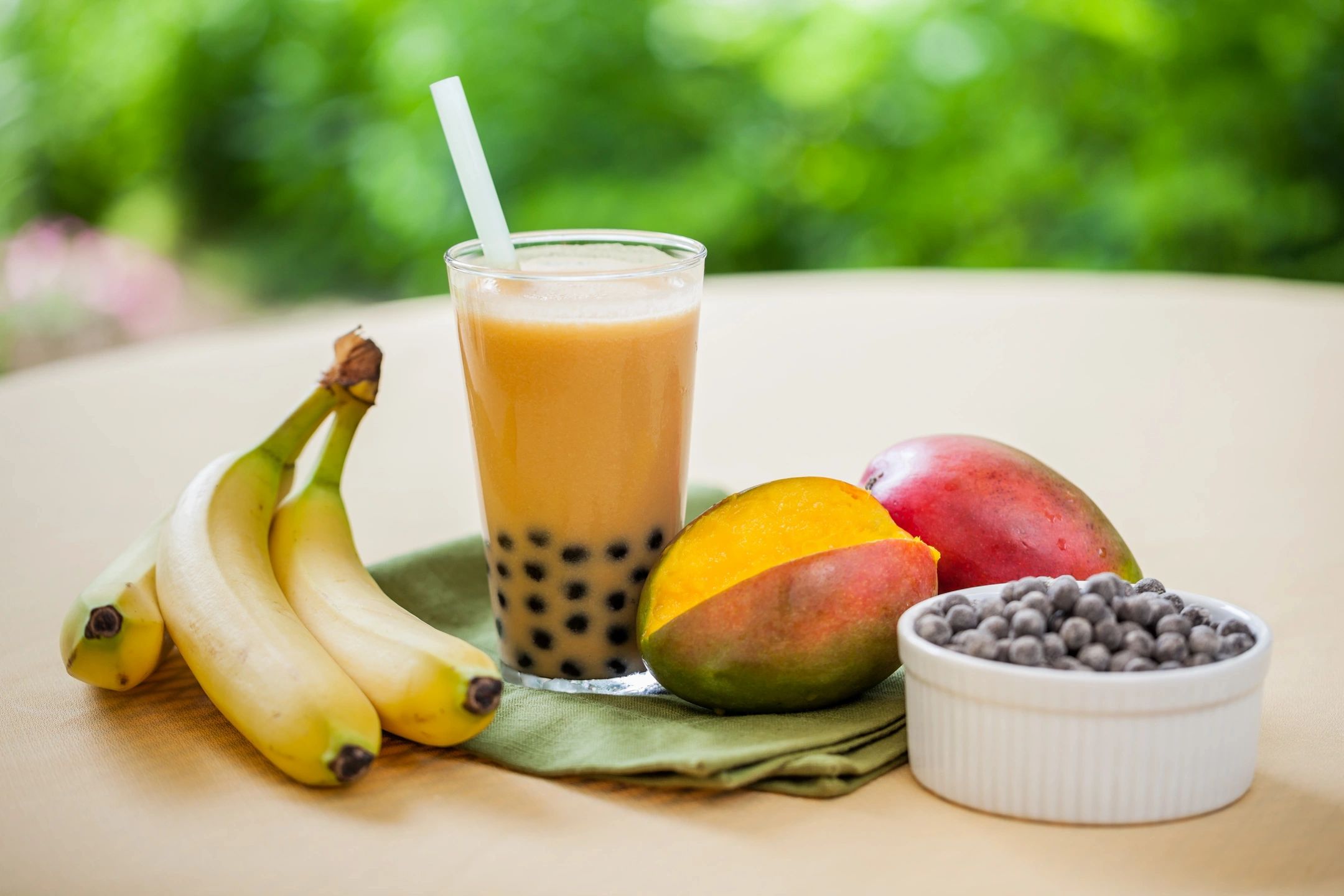I’m passionate about helping children be 100% healthy, 100% full of vitality and the best learners they can be. What fascinates me about my work is that as a child’s neuro-developmental system is improved, all other aspects of the child’s life improves.
This first in a series of blogs on movement lessons and biochemistry, explores the inter- and intra-relationships between the application of a neurodevelopmental movement lesson and generalized improvement in function. These changes are non-linear and although task-specific, in the majority of cases, go beyond the movements explored, to generalized improvement in all areas.
Addressing and reducing brain disorganization, can improve motor, emotional, mental, behavioral, spiritual, & biochemical health. Yet, we don’t know for certain which biochemical pathways are being influenced and shifted towards homeostasis. Although there is one planned study in the development stages, (Oxytocin levels as a marker for increased vagal tone) there is currently no peer-reviewed research on this topic of neurodevelopmental lessons (Feldenkrais and/or ABM for children, ChildSpace, etc.) vis a vis changes in internal biochemical markers. Assuming the components in a person’s system work together as a whole, and that the relationship between them is non-linear and dynamic, then information leading to a significant change in one component of the system, must be affecting all others, including a biochemical one.
My clinical practice focuses on the Anat Baniel Method for children and Feldenkrais methodologies. It’s referred to as Neuromovement learning because we use movement to access the power of the brain to learn new pathways. In other words, I help kids become better learners. I also coach parents in practical ways to support this learning at home. Of the thousands of adults and children I’ve had an opportunity to work with in 22 years, the majority of the children I see have special needs. Approximately 15% are on the autism spectrum.
Anat Baniel’s Method, is an evolution on the work of Dr. Moshe Feldenkrais. It articulates Nine Essential components to improve function that exists in in the learning space of a ‘Movement Lesson.
They are:
- Movement with Attention
- Slow
- Subtle, or reduction of effort
- Variation
- Flexible goals
- Enthusiasm
- Imagination & Dreams
- The Learning Switch
- Awareness
These essentials are applied in different ways depending on the child’s needs; verbally, visually, or through hands-on manipulations. Even in cases where the biochemical environment of the child is compromised, as is the case with many/most children with learning and developmental delays, the pathways via which information is organized and then acted upon can be significantly and radically altered with Neuromovement lessons alone. Without a biochemical intervention first! And this is an important point.
If both systems were addressed simultaneously there is a potentiation effect.. My point is that a change can happen from either direction. We can affect a change from the neuro-motor system, or from a biochemical one.
A stunning example of the effect of neuromovement intervention alone is the case of a little girl, 6 years old, whose mother brought her to see me during one of my clinics. Here is a brief history of Susie (name changed for privacy)
- Susie is on the autism spectrum. And had not yet initiated any specific diets, such as the GAPS, GFCF, or SCD. She’s a very sensitive eater, only eating when mealtime was rigidly structured, and then only when standing up and moving about. Her food choices were severely limited. She had difficulty with fine motor skills. She had sensory integration issues and didn’t like touch. She was considerably ataxic and although she had receptive language, she was delayed in her expressive language. She had significant dyspraxia. All these are red flags for biochemical imbalances that might be related to: gut dysbiosis, autoimmune syndrome, inflammation, methylation and/or thyroid disorders, and oxidative stress.
Our 30 minute lesson centered on my visual proximity to her while discovering a variety of balance possibilities on roller; 2 points, 3 points and 4 points. My primary focus was on implementing these Nine Essentials, specific to her immediate needs.
We explored various combinations allowing time and space for these things to converge:
Her eyes with her attention, reversibility of balance/ imbalance/balance, open-ended, curiosity-based exploration, having fun, & giving space to make mistakes and to explore doing something the ‘wrong way’
When she spontaneously and dynamically arrived at a particular combination, I brought this to her attention. I followed her curiosity on the roller, without demand for a certain combination of points, or an outcome.
Often, children experience immediate changes during a lesson that are task-specific. In Susie’s case, her balance improved during the lesson. But this was not our goal. Adherence to the Nine Essentials and insuring they were compassionately applied to her specific immediate need was my focus.
Just as dependable, are the outcomes experienced in the interim between lessons. And these outcomes, those happening in the interim, are more generalized improvements, and are the ones that drive my intense curiosity as to what is happening biochemically in a Movement lesson context. What happens in the cascade of biochemical events that leads to improvements, often transformational?
Here is the incredible testimonial from Susie’s Grandmother (G); recorded on video, and reproduced here in transcript form:
PH: Hello R. Please tell us about some of the changes that you observed.
G: The first impressive thing we’ve noticed, is that when we came out of your clinic was she could step down the concrete steps one foot after the other, and she would get to the last step and she would jump. She’s never been able to climb down any stairs without hanging onto the bannister or railing. She was so proud of herself she said, “Look what I can do!” At the same time she turned around and she walked back up the stairs so proud of herself, so proud. And she continued to climb up and down probably 4 times. She was able to concentrate and do this.
PH: Whereas before, the concentration wasn’t there?
G: No, and she would have to hang on to a rail and usually go down one foot, put the other foot right next to it, and so on, versus continually stepping down.
Another thing we noticed during the following week was that she mentioned that she was hungry. She’s never ever vocalized that she has hunger sensations. When it came to meal-time, we always had to play games, running around the house, having a food stations, and stop her and give her food at these ‘stations’.
She seemed more ‘at peace’ with herself, more comfortable in her own body, she would sit for longer periods of time and let us read ta whole book to her!
At one point in the week, she came home form school and she wanted to use a pen and draw. She’s never wanted to do that because fine motor is hard for her. It was impressive to us that she initiated, and asked to do it.
________________________________________________
I’ve had other parents of young children on the spectrum observe similar transformational changes after 1 or several lessons.
It’s remarkable that by using developmental tools alone, a child on the spectrum can experience transformations in behavior, and mental-emotional well being.
And this brings up the topic of biochemistry of the child. When a child makes these kinds of changes, there is a shift in how the information is processed in the brain-body continuum. These changes result in a non-linear, but associative change in the internal biochemistry of the child. Those neurotransmitters, co-factors, hormones, enzymes, redox states, energy thermo-dynamics, & ‘omics’ must also be making a shift if we are to assume that the brain and body work as a continuum in a dynamic state.

